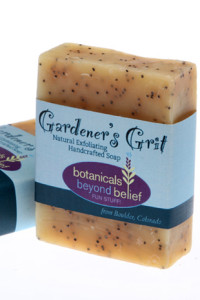Make Your Own Mud Puddle
Do It For The Pollinators
I’m always in search of how to do things more easily and efficiently in the garden. Once again today I was at the garden center eavesdropping and heard a typical customer question: ”What should I plant to get pollinators to my yard?” The answer the garden center owner gave surprised me. I was expecting a list of bright colorful flowers that were good sources of nectar and some host-specific plants for butterflies. Instead, I heard the best and simplest answer to this common question: “There are lots of good plants to use, but the most important thing you can do is provide a good source of water.” He then elaborated that it couldn’t just be a birdbath or water fountain…it needed to be shallow and ideally have the minerals pollinators crave.
So the quick and easy way to get LOTS of pollinators to your yard is to make your own mud puddles. Or if you’re a bit tidier, a water sand bath.
Any way to get small puddles of water will work. You’ve seen this when flying insects gather around a dripping spigot, or when there’s a ledge in your water feature that water flows slowly over. In nature, pollinators gather along the edges of streams and lakes.
To mimic nature, take a plant saucer and fill it half with sand and fill with water to just over the sand. The sand is the source of minerals and gives an easy surface to rest upon. Bees especially will drown in deeper water. To make it extra nice, sprinkle compost over the sand to add extra nutrients. If you’re out in the country, a nice flat cow patty will do the trick…Put it in a big round plant saucer and add water.
If you’re in a very dry climate like me, the water evaporates much too quickly in hot weather. The customer I was eavesdropping on at the garden center had a burst of inspiration: “I’ll put one of my drip lines in it so when I water the plants, the “puddle” will get water.”
A less elegant solution is to take a one-gallon water bottle and put a pinhole in the bottom and place it on some bare soil. Fill the bottle and water will drip out slowly keeping a mud puddle going.
I’ve put out an attractive saucer with sand, and a water bottle over bare dirt to see which works better. So far, the plain wet dirt is winning when they’ve got a choice. Now, why do I suspect they’d probably like the wet cow patty the best.


